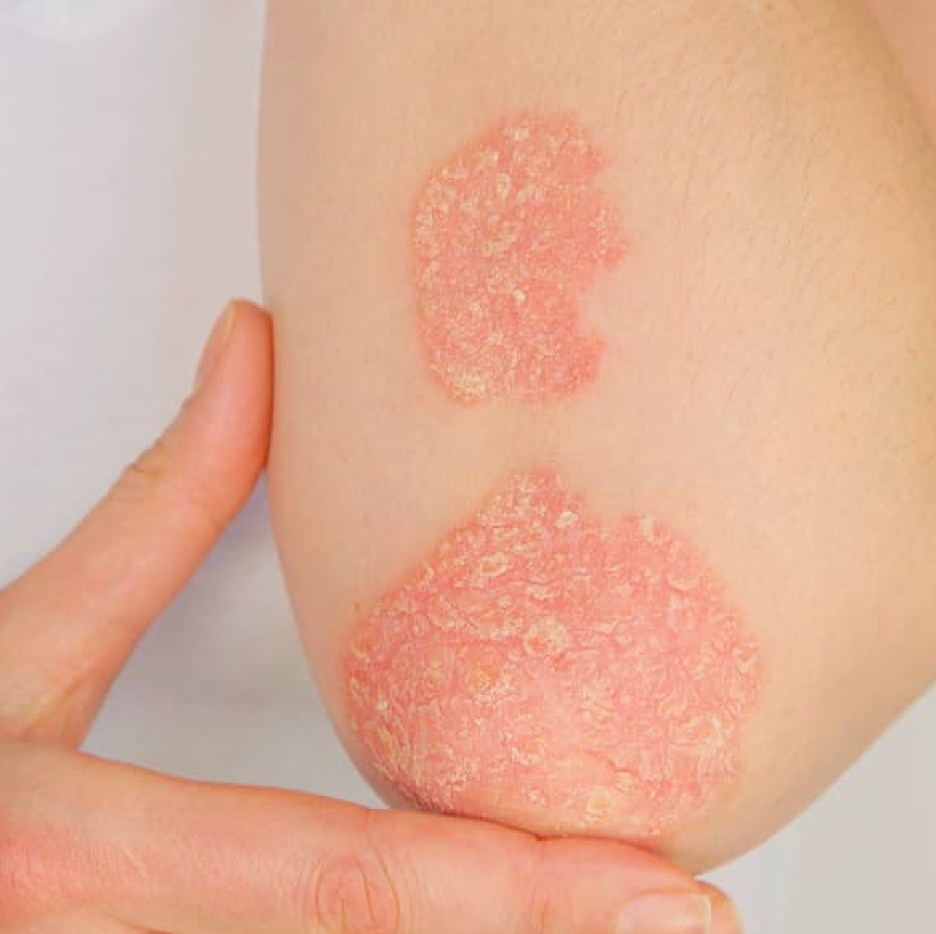Analysis of Phase 3 Data Supports Efficacy of Upadacitinib for Psoriatic Arthritis
Results from the SELECT-PsA trials indicate patients with active PsA and axial involvement demonstrated greater clinical improvement with upadacitinib 15 mg versus placebo.
Image Credit: Adobe Stock/helivideo

Patients with psoriatic arthritis (PsA) and axial involvement had a greater clinical response in axial symptoms with upadacitinib 15 mg versus placebo at week 12, which was maintained over long-term follow-up at week 56, according to new research.
A post-hoc analysis of the SELECT-PsA 1 and SELECT-PsA 2 trials reported the responses to upadacitinib 15 mg in patients with PsA as consistent across patient populations, efficacy endpoints, and assessments for axial involvement, with similar safety results between those with or without axial involvement.
“These data provide important information for treating clinicians on the efficacy and safety of upadacitinib 15 mg in axial disease and may help guide treatment decisions for PsA patients with axial involvement,” wrote corresponding author Xenofon Baraliakos, Ruhr-University Bochum.
Registry data have suggested that patients with PsA and axial involvement had higher disease activity and greater impairment in quality of life compared to those without axial involvement. But, as axial involvement responds differently to different treatments, a better understanding of clinical responses in patients with PsA and axial involvement may help optimize treatment decisions.
Per the observed benefits of upadacitinib for the treatment of PsA and this larger need, the objective of the posthoc analysis was to assess the efficacy and safety of upadacitinib in patients with active PsA and axial involvement from the phase 3 SELECT-PsA trials. Adults with a clinical diagnosis of active PsA with an inadequate response or intolerance to ≥1 non-biologic disease-modifying antirheumatic drug (non-bDMARD [SELECT-PsA 1]) or ≥1 bDMARD (SELECT-PsA 2) were eligible for inclusion in trials.
Patients were randomized to receive blinded once daily oral upadacitinib 15 mg or upadacitinib 30 mg, placebo, or every other week subcutaneous adalimumab 40 mg (SELECT-PsA 1 only). At week 24, those assigned to placebo at baseline were switched to blinded upadacitinib 15 mg or 30 mg. At baseline, axial involvement was determined by investigator judgment (yes or no) based on the totality of available clinical information alone, or with patient-reported outcome-based criteria (Bath Ankylosing Spondylitis Disease Activity Index [BASDAI] ≥ 4 and BASDAI Q2 ≥ 4)
For the analysis, efficacy outcomes that described axial disease activity in the two PsA patient sub-groups with axial involvement were measured at weeks 12, 24, and 56 for both studies. The endpoints included changes from baseline in overall BASDAI score, modified BASDAI score, and the Ankylosing Spondylitis Disease Activity Score (ASDAS). Investigators summarized treatment-emergent adverse events (TEAEs) through week 56.
Upon analysis, 30.9% (n = 396 of 1281) of PsA patients in SELECT PsA 1 and 35.7% (n = 151 of 423) were defined as having axial involvement by investigator judgment alone. Using investigator judgment and PRO-based criteria, 22.6% of patients in SELECT-PsA 1 and 28.6% of patients in SELECT-PsA 2 were defined as having axial involvement.
The investigative team found overall BASDAI score improvements were greater with upadacitinib 15 mg versus placebo at weeks 12 and 24 in both studies and according to both criteria used to define axial involvement. The score improvements were additionally greater with upadacitinib versus adalimumab at week 24 in PsA patients with axial involvement defined by investigator judgment alone
Moreover, the data showed a greater proportion of patients achieved a ≥50% improvement from baseline in BASDAI (BASDAI50) with upadacitinib 15 mg versus placebo at weeks 12 and 24 in both studies regardless of the criteria used to define axial involvement as well as versus adalimumab at week 24 using investigator judgment alone. Overall, clinical response for BASDAI, modified BASDAI, and BASDAI50 were similar with upadacitinib 15 mg and adalimumab at week 12, but numerically higher with upadacitinib than adalimumab at week 24, regardless of criteria used to define axial involvement.
In addition, the long-term assessment of BASDAI and ASDAS efficacy endpoints demonstrated that the clinical improvements with upadacitinib observed at weeks 12 and 24 were sustained at week 56 in both studies based on both criteria. Rates of TEAEs were generally similar across subgroups regardless of axial involvement status, according to Baraliakos and colleagues.
“No new safety risks were identified with upadacitinib 15 mg treatment in this post-hoc analysis of the SELECT-PsA studies," investigators wrote.
References
Baraliakos, X., Ranza, R., Östör, A. et al. Efficacy and safety of upadacitinib in patients with active psoriatic arthritis and axial involvement: results from two phase 3 studies. Arthritis Res Ther 25, 56 (2023). https://doi.org/10.1186/s13075-023-03027-5